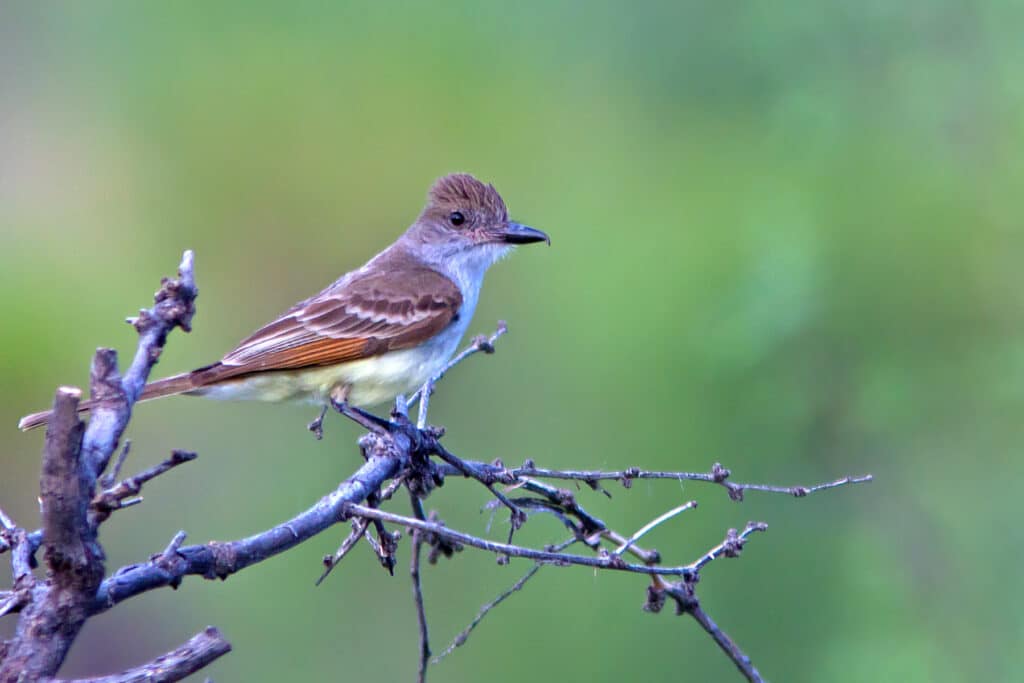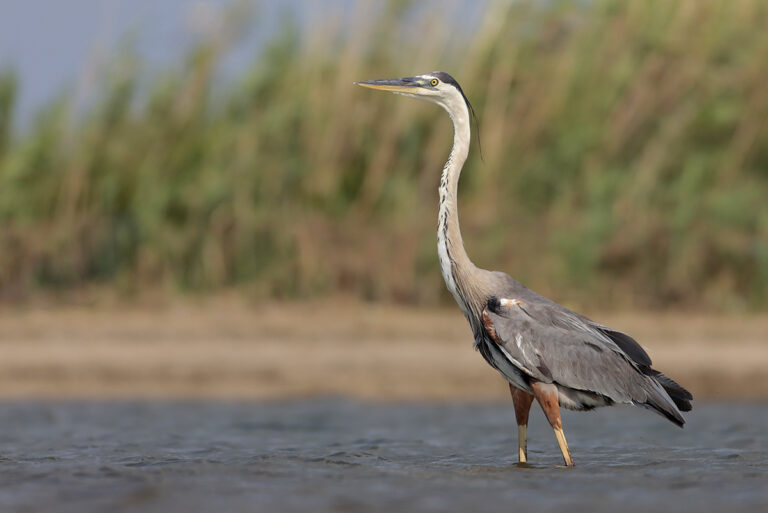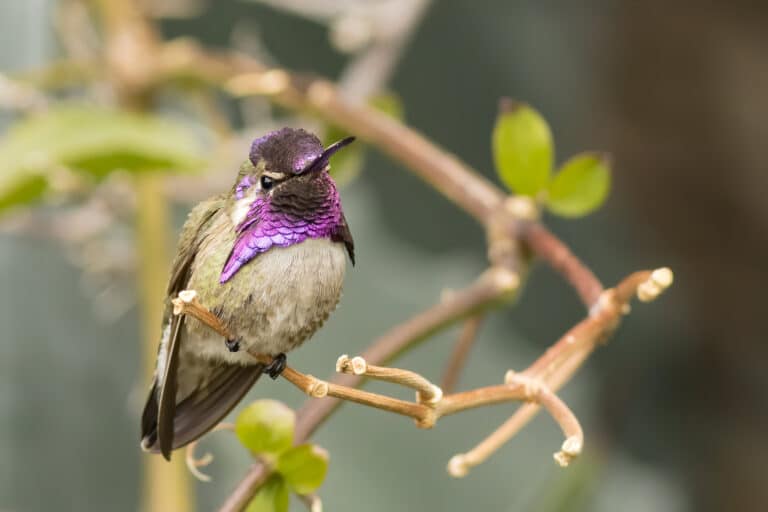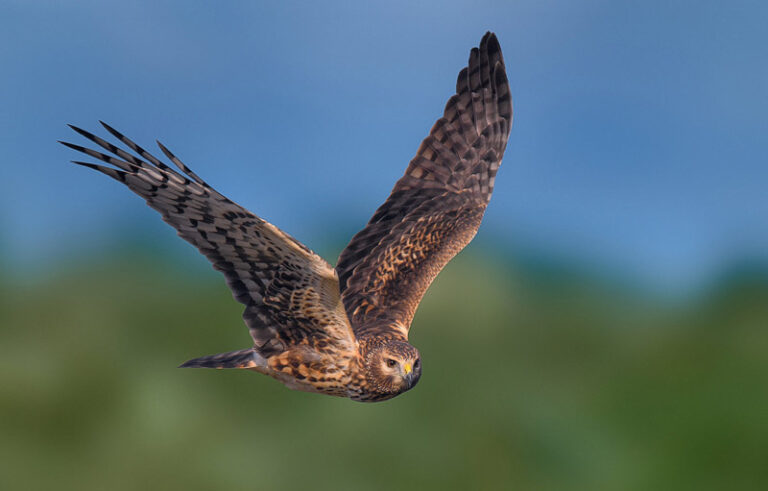I like birds that are very vocal, especially when they’re difficult to identify by sight. Even better when a song or call is jaunty and makes you happy to hear it. Lucky for us then that the three nearly identical Myiarchus flycatchers we routinely see in Southeast Arizona are usually easy to separate by their jovial vocalizations. My favorite of these are Brown-crested Flycatchers, because I have them in my yard in urban Tucson and their songs are so loud and bouncy—they sound like they’re excitedly getting ready to go to a party or something. There are ways to visually differentiate this species from the other two, Ash-throated and Dusky-capped Flycatchers, but I still have trouble doing it. It helps a little that the Brown-crested subspecies we have here (magister) is the largest Myiarchus flycatcher and has a large, prominently hooked bill.
The range of Brown-crested Flycatcher extends down to northern Argentina, where it is resident year-round—the northern populations in Arizona and Texas are short distance migrants from Mexico. The birds here are unique in that they breed in two very different habitats: cottonwood/willow riparian forests and archetypal saguaro Sonoran Desert. In both of these areas they rely on mature trees or saguaros for natural cavities and woodpecker-created holes for nesting. Interestingly, Brown-crested Flycatchers return to their breeding territories after most other cavity-nesting species, facing increased aggression when establishing and defending their nest sites—they’re one of the few species that is not deterred by European Starlings.
Before 1983, Brown-crested Flycatcher was known as “Wied’s Crested Flycatcher,” in honor of German naturalist Prince Maximilian of Wied. Listen for its liquid “whip” or “way berg” calls and “whit-will-do, whit-will-do” song in the desert of Saguaro National Park or the big trees of the Santa Cruz and San Pedro Rivers. No doubt, there will be a flycatcher party going on!




